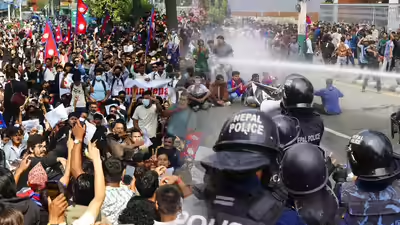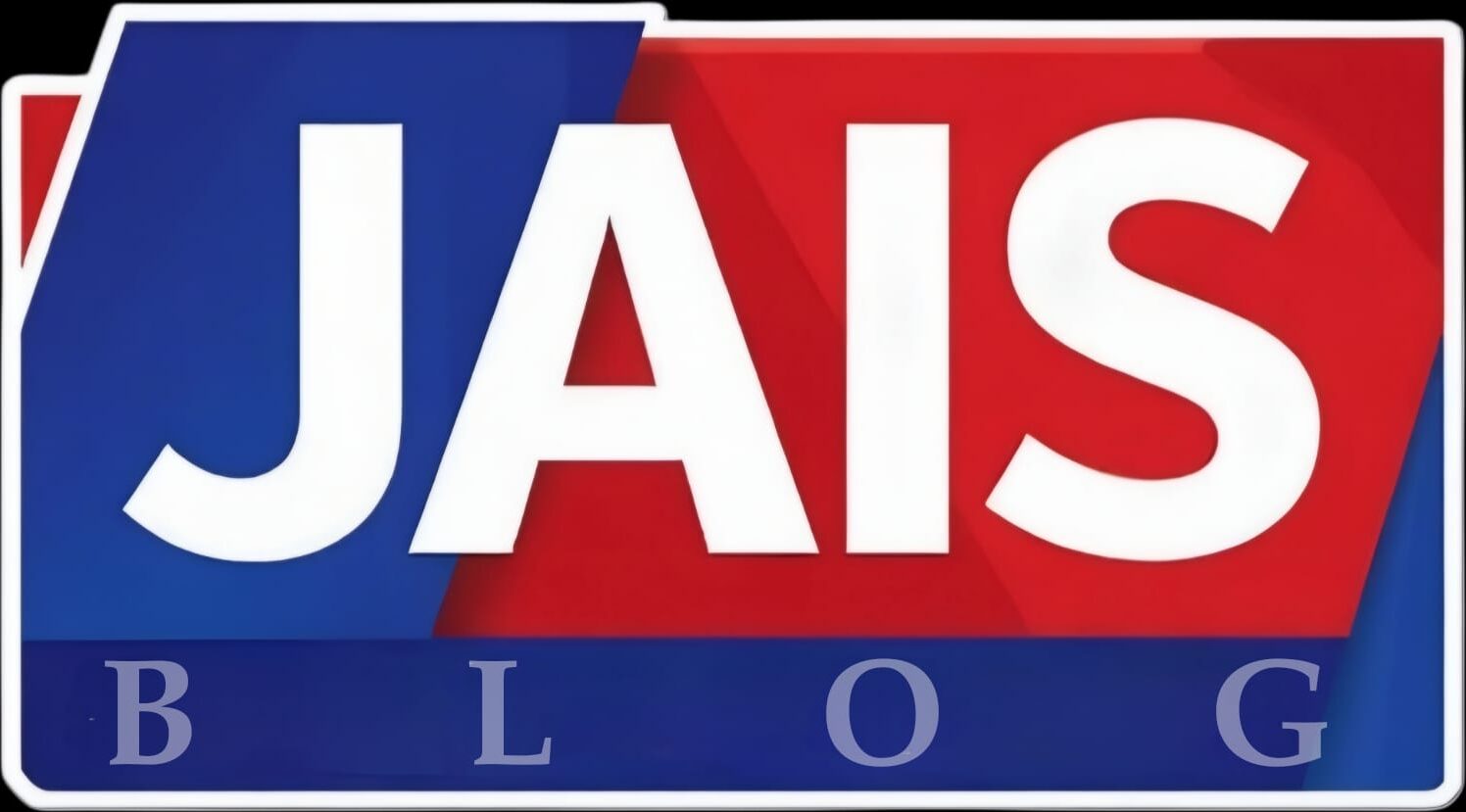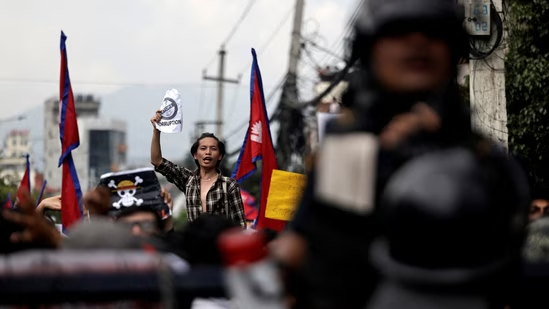Flags and placards bearing the slogans “Youths against corruption,” “Unban social media,” and “Shut down corruption and not social media” were carried by numerous demonstrators.
Thank you for reading this post, don't forget to subscribe!As protesters attempted to storm parliament in protest of a social media shutdown and corruption, police in the capital city of Nepal used tear gas and rubber bullets, killing at least 19 people Monday, according to authorities.
According to a local official, some of the primarily young demonstrators broke through a barricade to enter the parliament complex in Kathmandu, burning an ambulance and throwing objects at the riot police lines that were securing the building.

One protester told the ANI news agency, “The police have been firing indiscriminately.” “They fired bullets that struck a friend standing behind me but missed me. He took a blow to the hand.
Police officer Shekhar Khanal told Reuters that over 100 people, including 28 police officers, were undergoing medical treatment for their wounds. On motorcycles, protesters were transporting the injured to the hospital. According to police, protests in the eastern city of Itahari turned violent, killing two more people.
Following thousands of young people taking to the streets earlier Monday, many of whom were dressed in their college or school uniforms, Prime Minister K.P. Sharma Oli called an emergency cabinet meeting to discuss the unrest.
As they marched through Kathmandu, many carried flags and placards with slogans like “Youths against corruption,” “Unban social media,” and “Shut down corruption and not social media.”
The protests’ organizers have referred to them as “demonstrations by Gen Z” after they extended to other cities in the Himalayan nation. They claim that the demonstrations are a reflection of the general dissatisfaction among youth with government efforts to combat corruption and increase economic opportunities.
Rubber bullets and batons
The army was stationed in the parliament area to support law enforcement officials, and police were instructed to use rubber bullets, batons, and water cannons to quell the crowd, Muktiram Rijal, a spokesman for the district office in Kathmandu, told Reuters.
The curfew, he said, has been extended to the Singha Durbar area of Kathmandu, which includes the prime minister’s office and other government buildings. It will be in effect until 10 p.m. local time (1615 GMT).
Later in the evening, there was less violence, but protesters were still present outside the parliament.
Similar demonstrations, according to the police, also took place in Pokhara, in western Nepal, and Biratnagar and Bharatpur, in the southern plains.
Many people in Nepal believe that corruption is pervasive, and opponents have criticized the Oli administration for not fulfilling its pledges to combat corruption or advance long-standing economic problems.

Every year, thousands of young Nepalis travel overseas for employment and education.
According to former finance secretary Rameshwore Khanal, public ire seems to be more rooted in dissatisfaction with government appointments and the government’s failure to combat corruption, even though job creation is falling short of expectations.
As governments around the world move to strengthen regulation of social media and Big Tech in response to growing concerns about issues like disinformation, data privacy, online harm, and national security, Nepal has shut down its social media accounts.
Regulators argue that stronger controls are necessary to safeguard users and maintain social order, while critics claim that many of these measures run the risk of restricting free speech.

